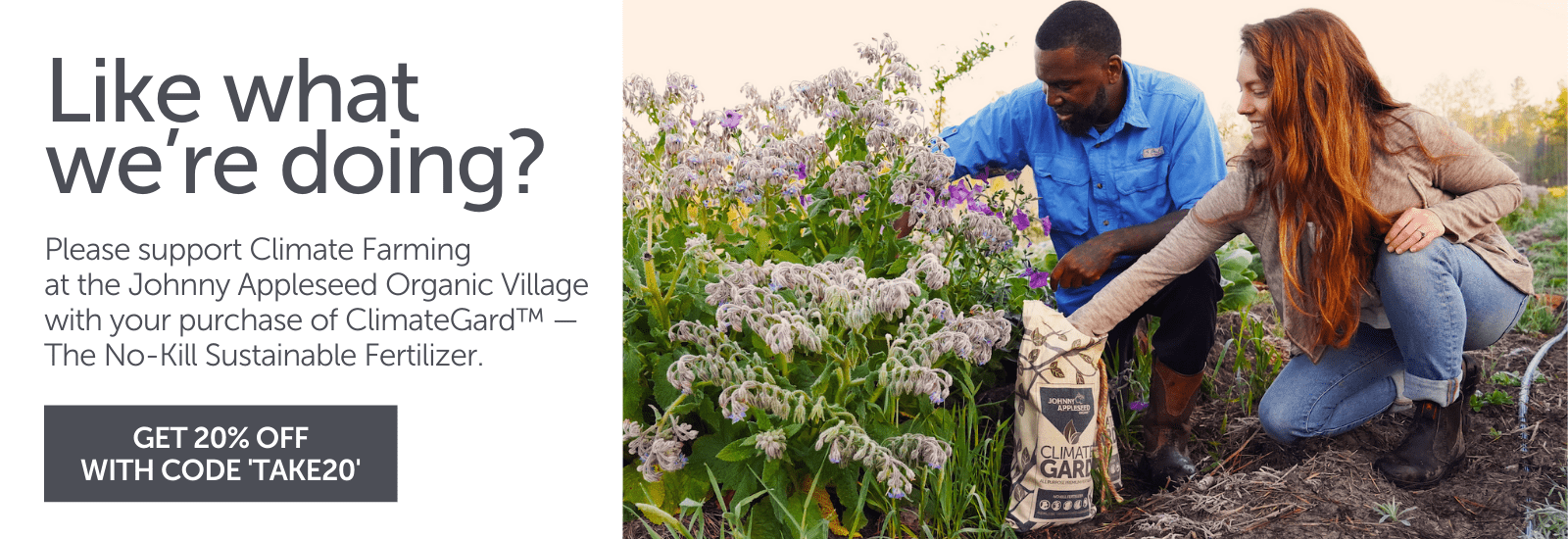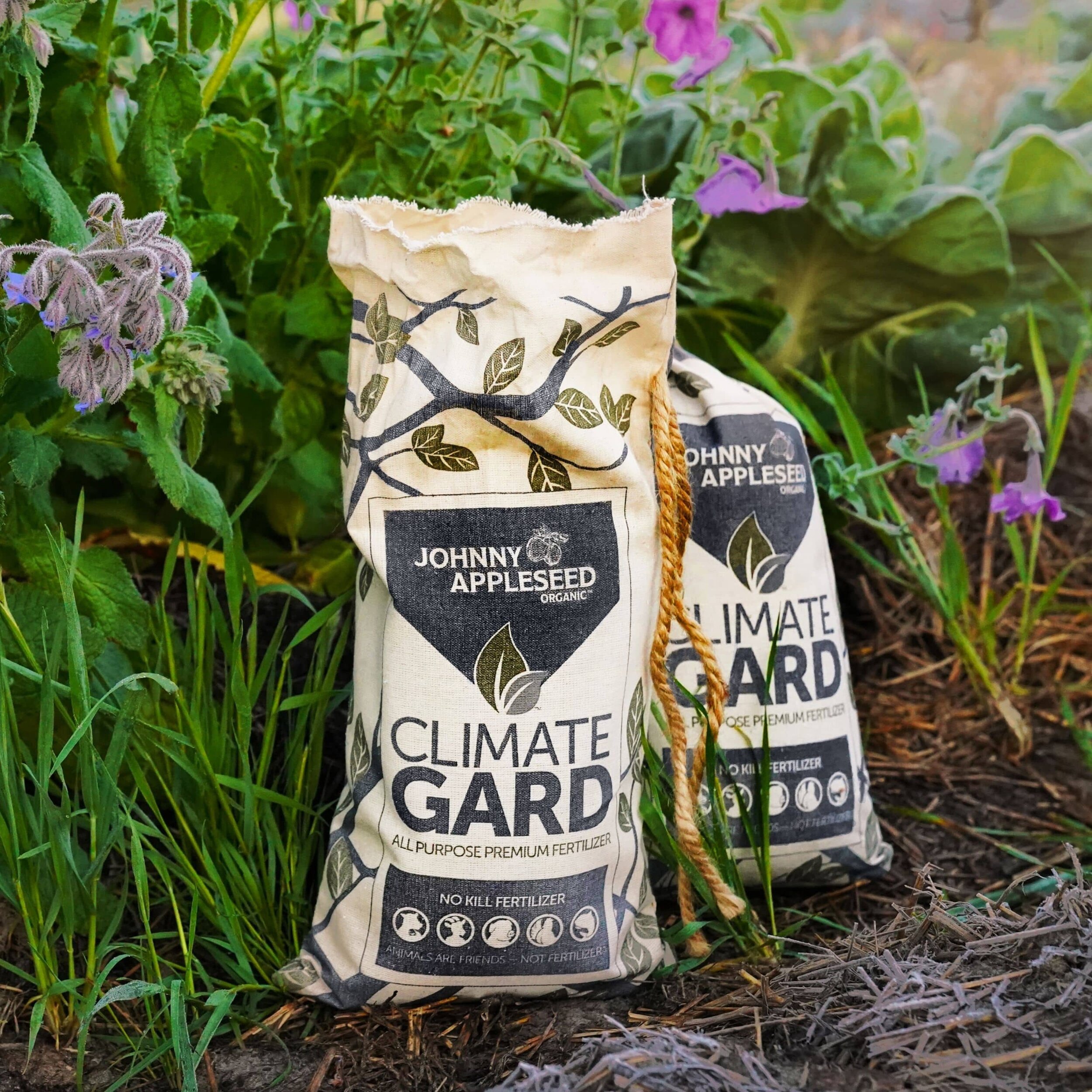Understanding Agricultural Exposure in a Changing Climate
By Laura Lengnick
The NCA (National Chamber of Agriculture) reports observed and projected changes in weather at mid-century and at the end of the century for nine regions of the United States. Exploring the maps of observed and projected regional changes in weather patterns and other climate data presented in the NCA helps to identify key climate change exposures for farms and ranches in each region and provides insight into the perceptions of changing weather patterns.
The Northwest
The Northwest region has experienced few climate change effects to date. Average temperatures have increased slowly over the last century. Average precipitation has increased, particularly in the spring, and heavy downpours have increased somewhat. Observed regional warming has reduced summer flow in river basins fed by snowmelt.
Average temperatures in the Northwest region are expected to continue to rise throughout this century, and projected changes in precipitation will vary from slight decreases to large increases in winter, spring and fall. By mid-century, summer flows are projected to be substantially lower in many Northwest rivers. Summer precipitation is projected to decrease through the century, while an increase in extreme precipitation events will cause more flooding in transient and rain-fed river basins.
Although the overall consequences of climate change will probably be lower in the Northwest than in other regions of the United States, the sustainability of some Northwest agricultural sectors will be challenged by projected increases in average temperatures, hot weather episodes and uncertainty in summer water supply.
The Southwest
The Southwest region has recently experienced some of the most extreme climate change impacts in the nation. The average temperature over the second half of the twentieth century was the warmest in six hundred years, and the decade from 2001 to 2010 was the warmest in the last century, with more heatwaves and fewer cold snaps. Unlike temperatures, changes in precipitation over the last fifty years were more variable across the region, with only small changes in average precipitation in most areas; however, across most of the Southwest, less late winter snow, earlier snowmelt and earlier arrival of most of the year’s streamflow have reduced river flows. Crop and livestock productivity have been boosted in some locations by the lengthening growing season in combination with less frequent cold snaps, but more frequent heatwaves and declining water resources have presented challenges to agricultural production in most of the Southwest region. All of these changes are projected to continue and intensify through mid-century.
Regional annual temperatures in the Southwest are projected to continue to rise through this century, with the greatest increases in the summer and fall. Summertime heat waves will become longer and hotter, and the recent trend of decreasing wintertime cold snaps is projected to continue. Reductions in precipitation are consistently projected for the southern part of the region, as is a reduction in spring precipitation, while projected precipitation in the northern part of the region and the other seasons in the South are mixed. Late winter and early spring snow-pack are projected to decrease through this century, reducing runoff to surface waters and soil moisture content, while an increase in winter flood risk is projected for the region. Projected reductions in winter chill periods and an increase in hot summer conditions may reduce the productivity of crops and livestock.
The Great Plains
The Great Plains is a diverse region where dramatic weather creates multiple climate and weather hazards. Climate variability already stresses Great Plains agriculture, and current trends and projections through mid-century suggest that more intense droughts, heavy rainfalls and heat waves will become more frequent. Great Plains residents already contend with weather challenges from winter storms, extreme heat and cold, severe thunderstorms, drought and flood-producing rainfall. Summers are long and hot in the south; winters are long and often severe in the north. The average annual temperature increase in North Dakota has been the fastest in the contiguous United States and is driven mainly by warming winters. Across much of the Great Plains region, annual water loss from transpiration by plants and evaporation is higher than annual precipitation, making these areas particularly susceptible to drought.
Projections suggest that the region will grow warmer and the growing season will lengthen by an average of twenty-four days by mid-century. This warming will result in significant increases in summer days over 100 degrees Fahrenheit and winter days over 60 degrees throughout the region. Precipitation is projected to increase in the north and decrease in the south through the end of this century, and the number of days with heavy precipitation (at least one inch) is expected to increase by mid-century, especially in the north. Days with little or no rainfall will be less common in the north. By contrast, large parts of Texas and Oklahoma are projected to see more days with no precipitation through mid-century. Increased snowfall, rapid spring warming and intense rainfall can combine to produce devastating floods, as is already common along the Red River of the North. Increased drought frequency and intensity may turn marginal lands into deserts.
The Midwest
Agriculture dominates land use in the Midwest, with more than two-thirds of the region’s land devoted to crop production. A lengthening growing season, warmer winters, increased incidence of late spring freezes, increased heat and drought in summer and more frequent heavy rainfall and catastrophic flooding are already complicating agricultural production in the region. Tree fruit producers sustained major crop losses after late spring freezes in 2002 and 2012, and high nighttime temperatures reduced corn yields in 2010 and 2012. These climate change effects are projected to increase in intensity through this century.
Over the next 30 years, future crop yields in the region are most likely to be negatively impacted by extreme weather events that damage crops directly or by interfering with a critical development phase. As a result, projected increases in yields associated with increased temperatures, longer growing seasons, or elevated atmospheric carbon dioxide concentrations could be offset by more frequent damage from late spring freeze events, late planting because of wet soil conditions, the disruption of critical crop developmental phases and reductions in crop quality.
Extremes in precipitation are projected to intensify across all seasons, with the likelihood of both increasing heavy rain and snow events and more droughts. Increased runoff and flooding will reduce surface water quality because of increased soil erosion and sediment loading to surface waters.
The Northeast
The Northeast has a diverse climate that varies with latitude, proximity to the coast, elevation and season. Warm humid summers give way to cold frigid winters, and extreme events such as ice storms, floods, droughts, heatwaves, major storms, and hurricanes are common. Over the last century, annual temperatures in the region have increased by about two degrees Fahrenheit, annual precipitation has increased by about five inches, and sea level rise of about one foot has increased damages from coastal flooding. The Northeast has experienced a greater increase in extreme precipitation than any other region in the United States.
Agriculture in the region is already stressed by climate change. More frequent and intense extreme precipitation events damage crops directly and reduce crop yields by interfering with timely field operations like planting, cultivating, pest management and harvest. Warmer winters have increased the risk of frost and freeze damage in perennial crops, causing major crop losses to damaging frosts in 2007 and 2012. Longer growing seasons have increased weed and pest pressures in the region.
Over the next thirty years, more high temperatures and longer heat waves, warmer and more variable winter and spring weather, more dry periods and drought, and more frequent heavy rains and damaging storms will create increasingly stressful conditions for agricultural production. Temperatures will increase, with the southern part of the region experiencing as much as two more months of temperatures above ninety-five degrees Fahrenheit. Winter precipitation is expected to increase, most strongly in the northern part of the region. Seasonal drought risk is expected to increase in summer and fall as higher temperatures lead to greater evaporation and earlier winter and spring snowmelt. By the end of the century, projected sea-level rise will more than triple the risk of dangerous coastal flooding throughout the region.
The Southeast
The Southeast is particularly vulnerable to hurricanes, which have increased in intensity since the 1970s and explain, in part, why the Southeast has suffered more billion-dollar disasters than any other region in the United States over the last thirty years. Although average annual temperatures have cycled between warm and cool periods over the last century, this region has experienced the most rapid warming in the nation since the 1970s. Much of this warming has occurred in the summer months, increasing the number of days above 95 degrees Fahrenheit and the number and intensity of extreme summer heat events.
These changes in weather in the Southeast are projected to increase in intensity through mid-century, with the greatest warming projected for the southern and western parts of the region. As sea levels rise through the century, saltwater intrusion into freshwater supplies will limit crop production in some areas, particularly in Florida and southern Louisiana. Increasingly long, hot summers will likely cause a decline in crop and livestock production in the region as a result of more intense heat stress accompanied by longer and more intense drought periods.
This blog post is excerpted from Resilient Agriculture: Cultivating Food Systems for a Changing Climate by Laura Lengnick. We thank New Society, a publishing company dedicated to positive change through ecological integrity, for permission to excerpt.
Sign Up for Newsletter
Follow Us on Social
Cutting-edge microbiology
No kill formula
Superior plant nutrition derived from the most ethical, sustainable sources available.
Produces the same results as conventional fertilizers without the negative environmental impacts.
Each ClimateGard pellet is infused with micronutrients, silicon, humic acid and a high-performance blend of living bacteria and fungi.
Delivered in an environmentally friendly organic cotton bag with a compostable inner liner.
Will continue to enrich your soil long after application.
$39.95 for 7.5 pound bag | $69.95 for 15 pound bag.



